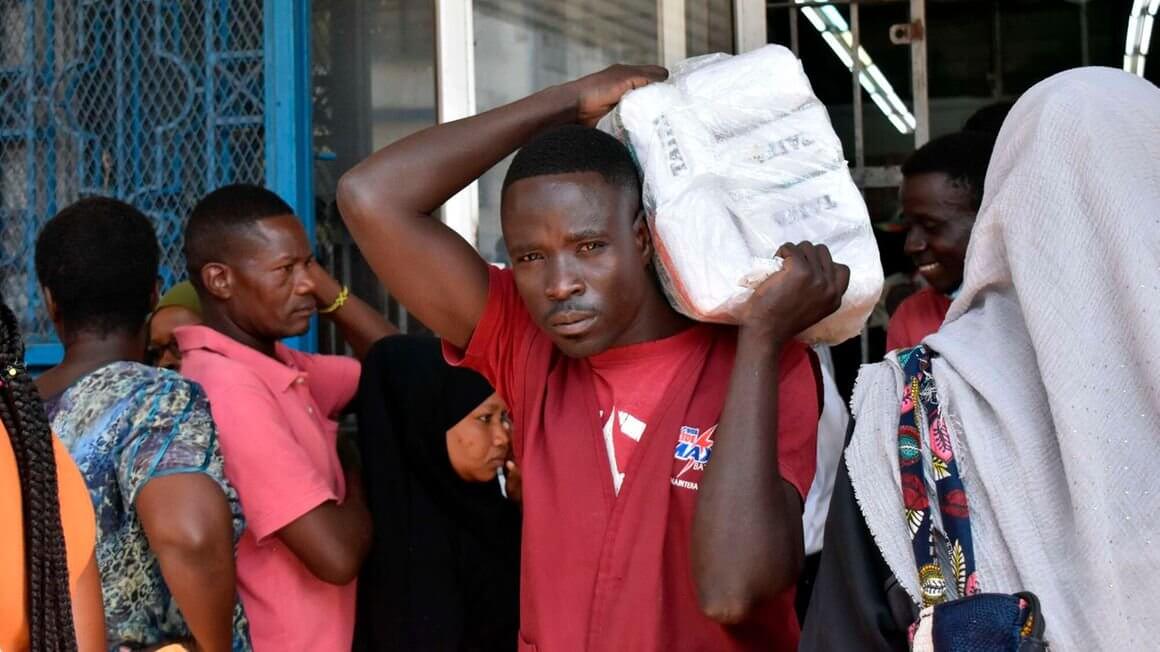
Our Projects are
Transforming African Trade
Quick Contacts
2nd Floor, Fidelity Insurance Centre Waiyaki Way, Westlands

In mid-June, as Kenya battled maize scarcity and related production costs, the Tanzanian government asked its grain traders to get an export permit before shipping maize out.
Though an unpopular decision, as it cut supplies to Kenyan grain millers and other East African countries who had ordered stocks from Tanzania, the policy helped Tanzania to keep inflation in check, exposing the rest of the region to expensive food.
In Kenya, the policy partly helped to drive the price of a two-kilogramme packet of maize flour to an unprecedented high of Sh200.
Even before the dust settled, towards the end of June, Tanzania increased the export permit costs by 93 percent. In this directive, Dar es Salaam authorities increased the cost of acquiring export permits from the previous Sh27,000 per truck to Sh52,000. This meant that Tanzanian traders had to increase prices of their commodities, a scenario that discouraged export trade.
These, among other policy interventions, have seen Tanzania shield itself from the wave of sharp rises in inflation sweeping across the region.
Official data reveals that Tanzania had the lowest inflation rate in the region by the end of August at 4.6 percent. It was followed by South Sudan which recorded a 6.4 percent rate while the Democratic Republic of the Congo (DRC), the newest member of the East African Community (EAC) came third at eight percent.
Kenya posted a 62-month high of 8.5 percent inflation in August, which rose to 9.2 percent in September, as the region races to double-digit inflation rates driven by runaway costs of consumer products, including cooking gas, fuel, food and cooking oil.
During the month, Kenyans experienced the sharpest rise in the cost of living recorded in more than five years, with the crisis largely hitting the energy, food, housing and transport sectors amid a weakening shilling.
In July, the jump in Kenya’s cost of living caught the attention of the International Monetary Fund (IMF), prompting them to advise the Central Bank of Kenya (CBK) to consider tightening the base rate further to limit spillover effects such as demand for higher wages by workers.
The CBK agreed with the IMF and last week it increased its policy lending rate — the Central Bank Rate (CBR) — by 70 basis points to 8.25 percent, the biggest margin in more than seven years.
“The Committee noted the sustained inflationary pressures, the elevated global risks and their potential impact on the domestic economy and concluded that there was scope for a tightening of the monetary policy in order to further anchor inflation expectations,” the CBK said on Thursday.
Uganda’s inflation rate stood at nine percent in August and is expected to rise even higher in September, in line with Kenya.
Among the East African peers, inflation was fastest during the month in Rwanda and Burundi, with the two countries posting 20.4 and 19.5 percentage rates respectively.
Economies in the region have been on a steady decline owing to, among other factors, political instability, rainfall shortage that has resulted in reduced agricultural yields, and the aftermath of Covid-19.
The DRC, for instance, continues to witness one of the most complex and long-standing humanitarian crisis arising out of conflict. This has tragically affected its business environment, further hitting economic growth.
East Africa has also recently felt the heat of geo-political war between Russia and Ukraine. The sanctions imposed on Russia have led to supply chain disruptions and export restrictions to the region’s economies, and the attendant inflation is expected to last the duration of the conflict.
The World Health Organisation (WHO) data shows that 5.5 million children in East Africa are facing high levels of malnutrition steered by the compounding effects of Covid-19, intense drought and the Russia-Ukraine skirmish.
A situational report by the UN Office for Co-ordination of Humanitarian Affairs has put the region on notice, saying East African countries could be in for a longer spell of food shortages following a fifth straight year of drought in the driest regions.
The region, being largely a net importer, is set to experience a two-fold upward pressure occasioned by supply shortages and global price increases.
Economists at Deloitte, in their latest Macroeconomic Outlook Report for East Africa Volume III, have predicted a further decline in the combined regional economy this year, placing their forecast at 5.3 percent compared to last year, but up from 3.1 percent in 2020.
East Africa’s combined inflation is predicted to hit 8.6 percent this year from 7.7 percent in 2021, driven primarily by drought and energy prices.
CBK Governor Patrick Njoroge on Friday blamed the dramatic inflation in advanced economies for the spillover effects in developing countries.
“Inflation in advanced economies has increased dramatically pushing 10 percent, double-digit…This is a big concern as we have said before. Supply chain problems were the first ones that were pushing inflation and then we have the fuel and gas issues. The war in Ukraine has also helped push some of the prices up because of lack of availability,” said Njoroge.
Read original article
Disclaimer: The views and opinions expressed in this article are those of the authors and do not necessarily reflect the official policy or position of TradeMark Africa.